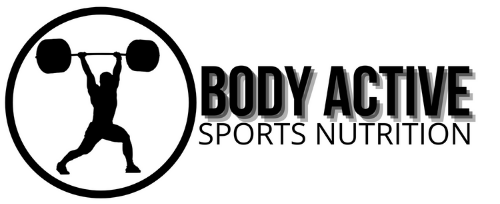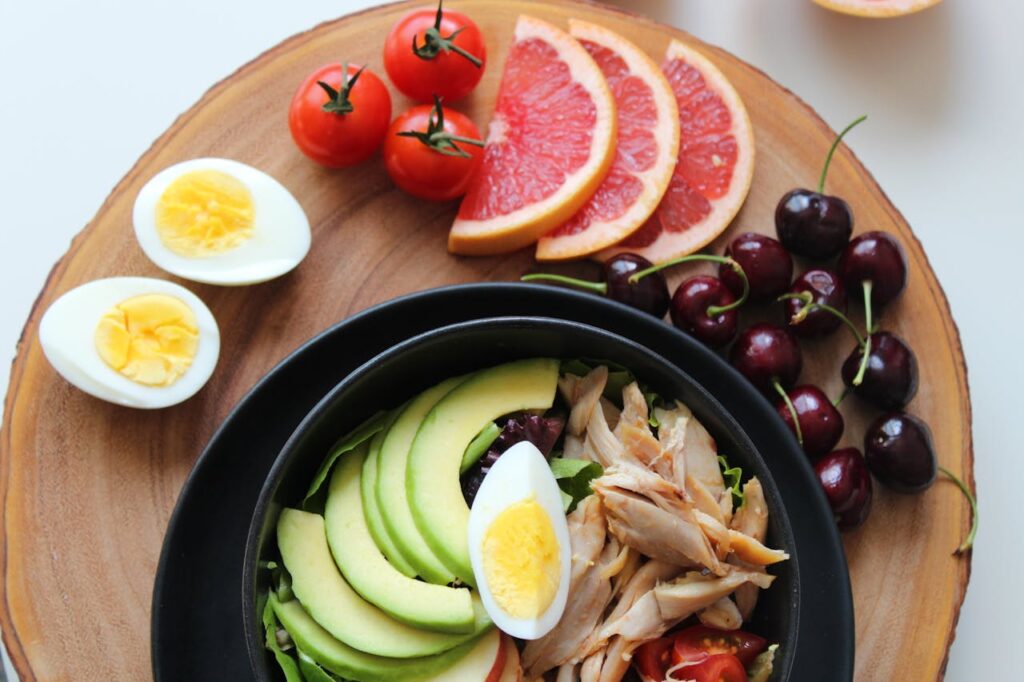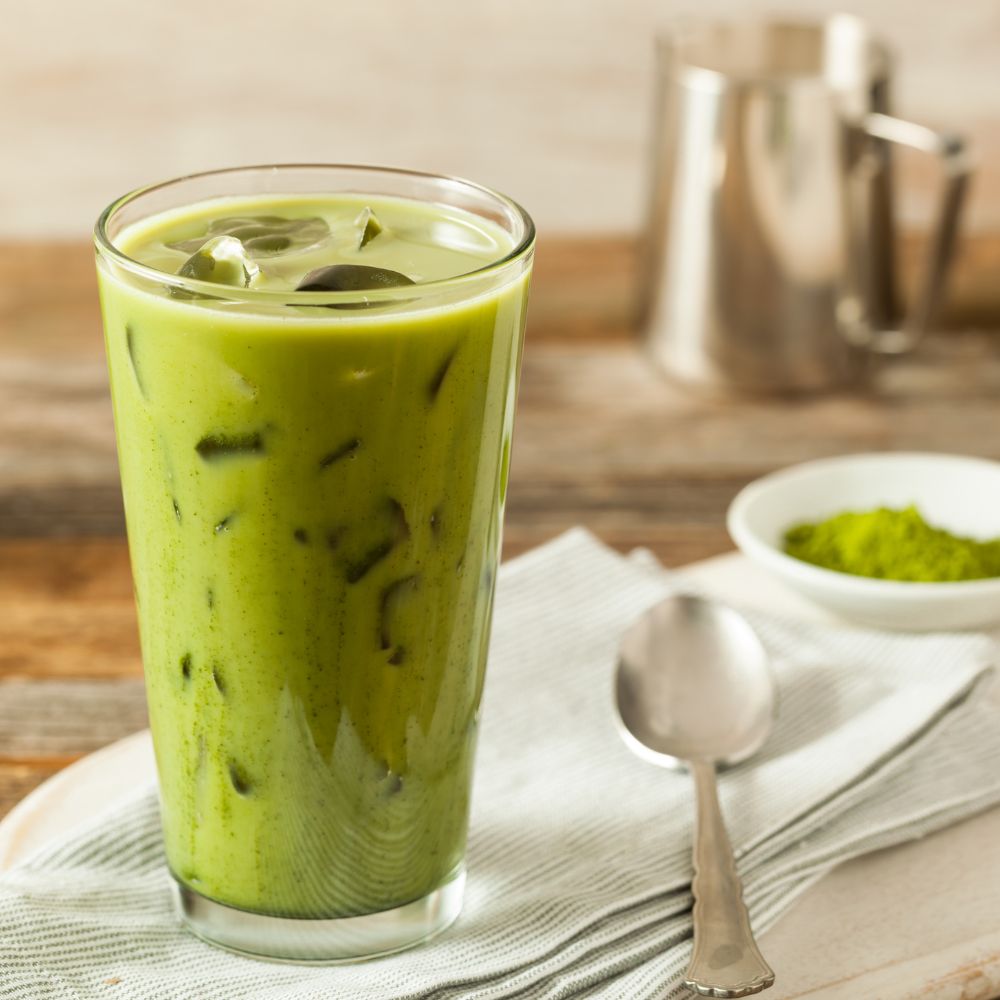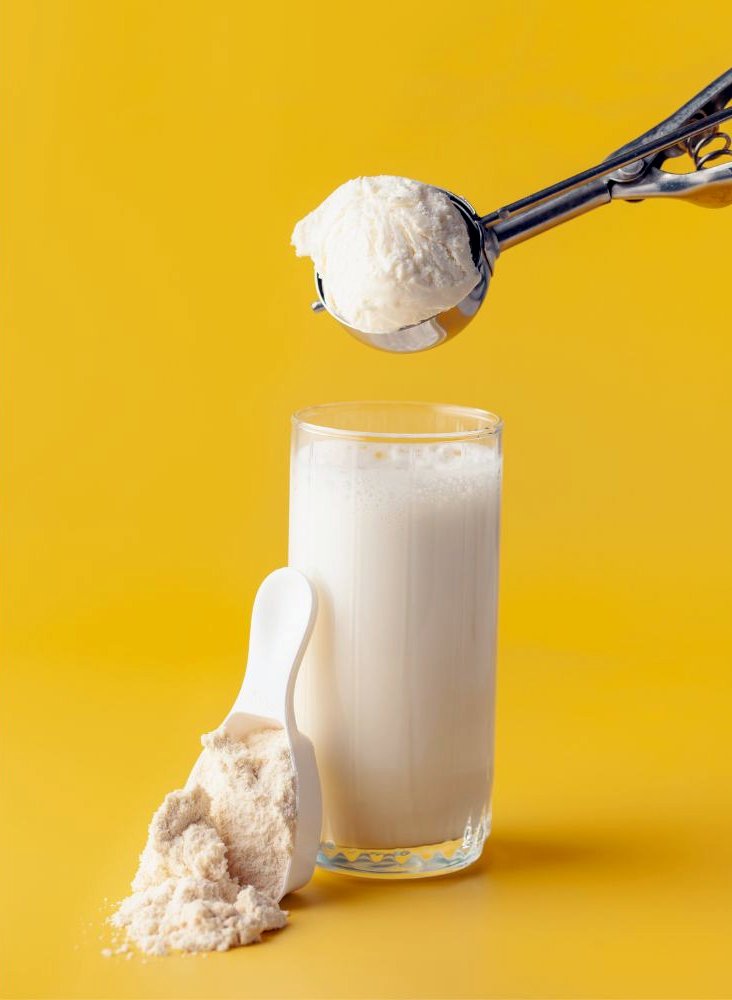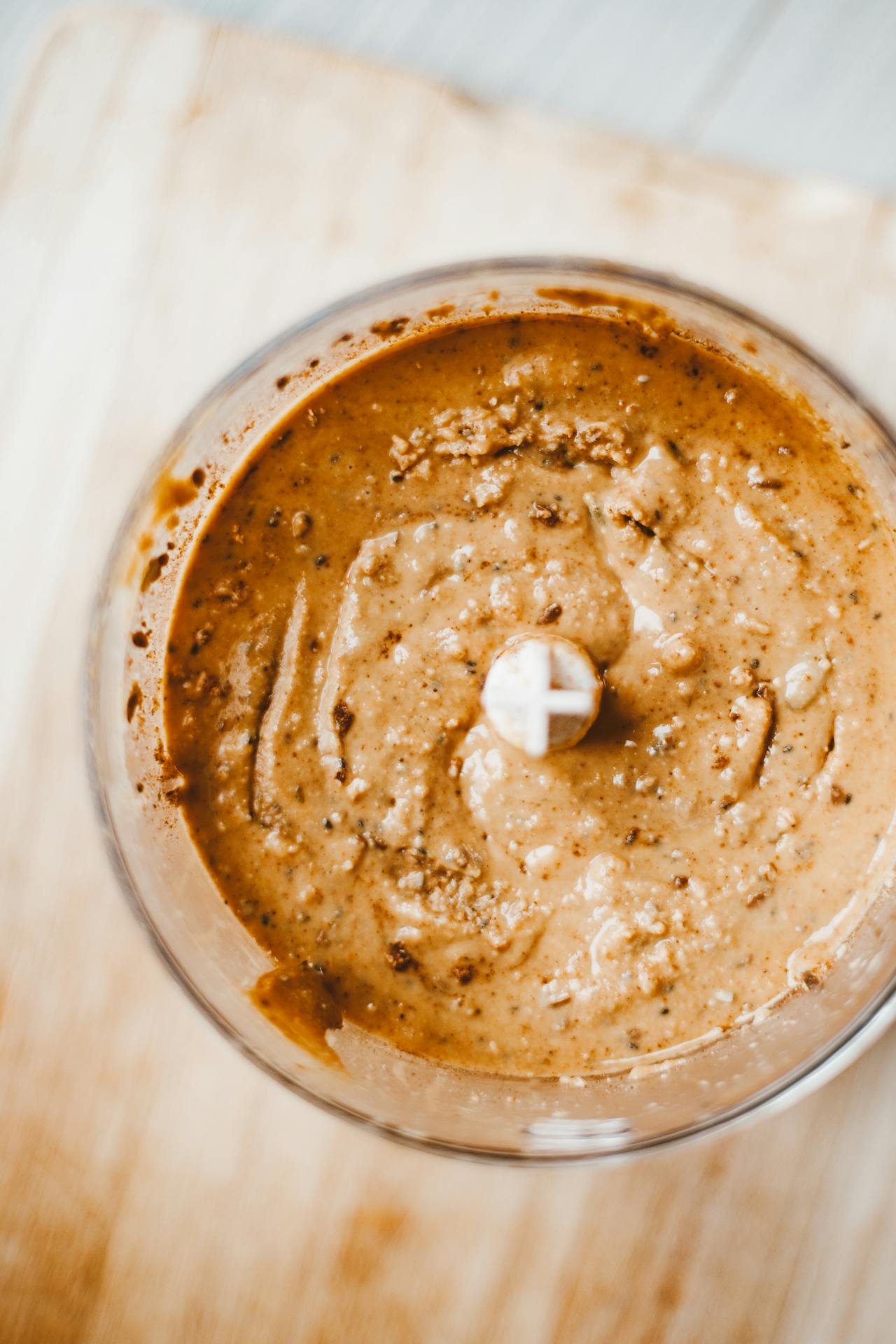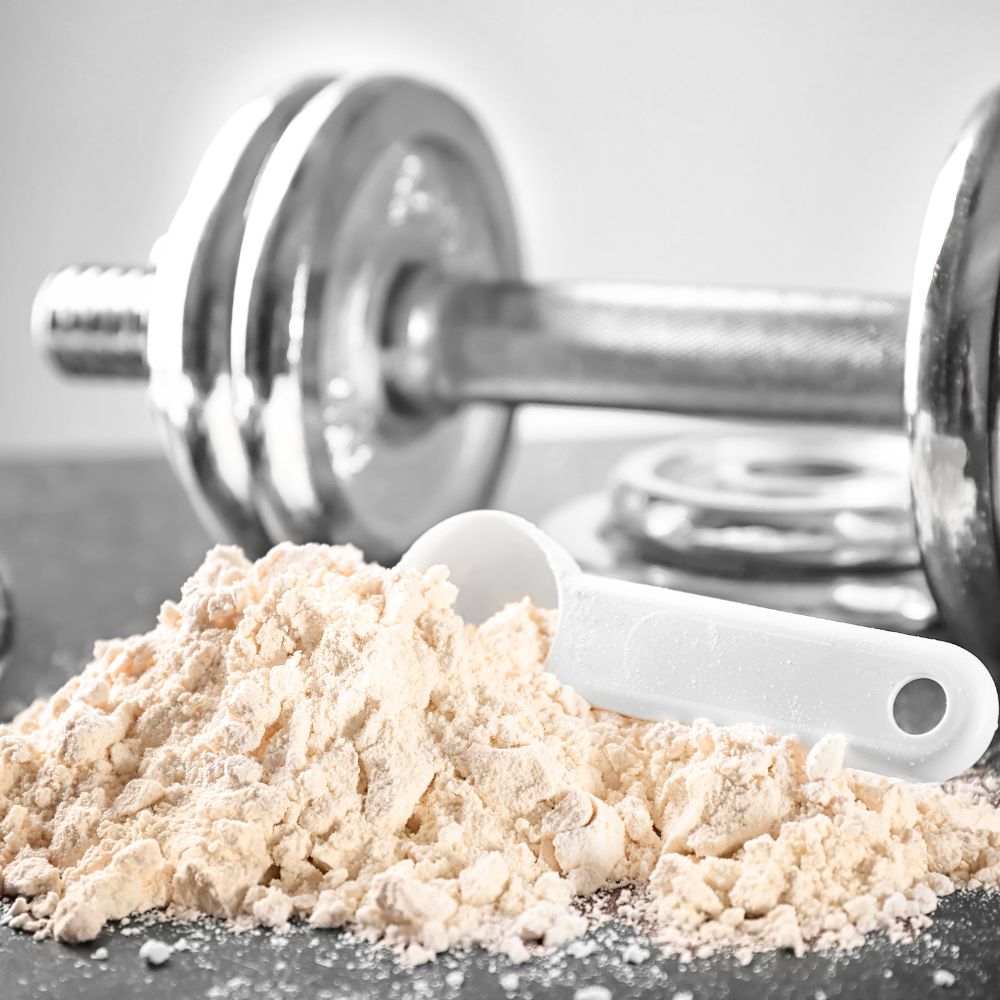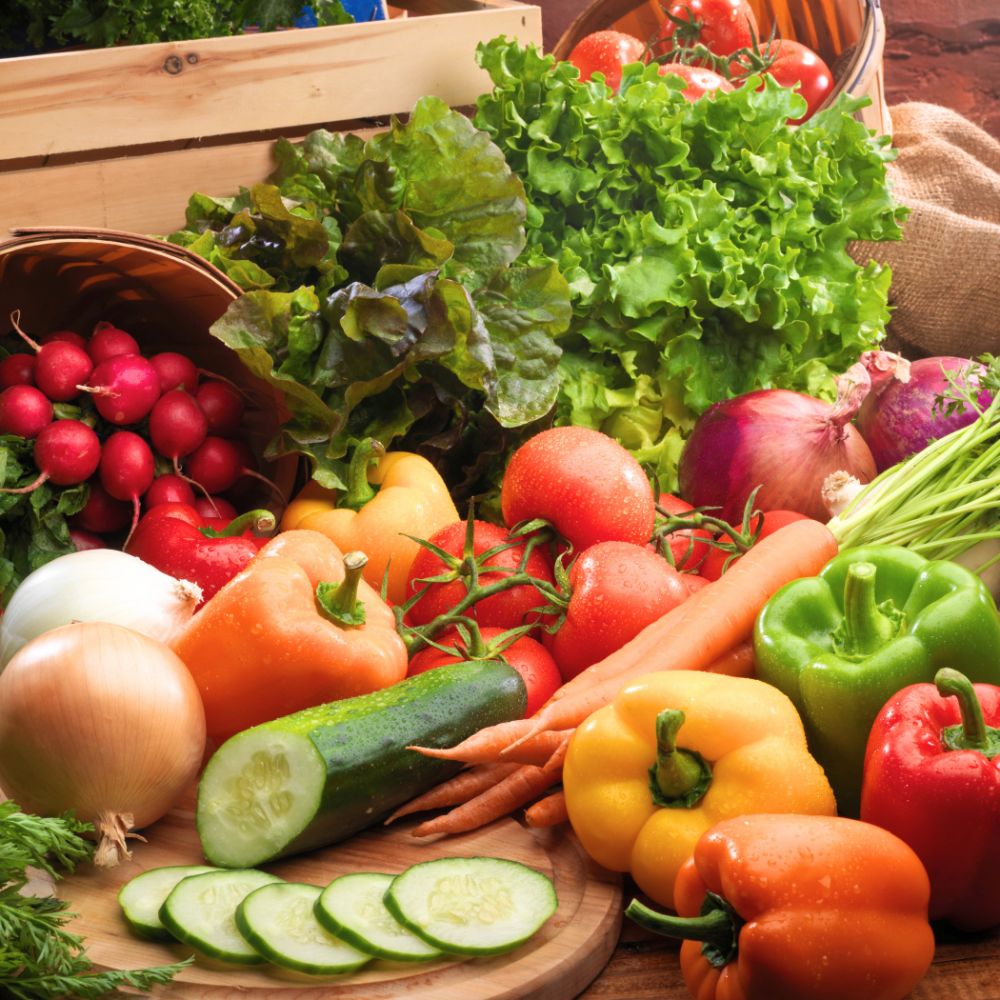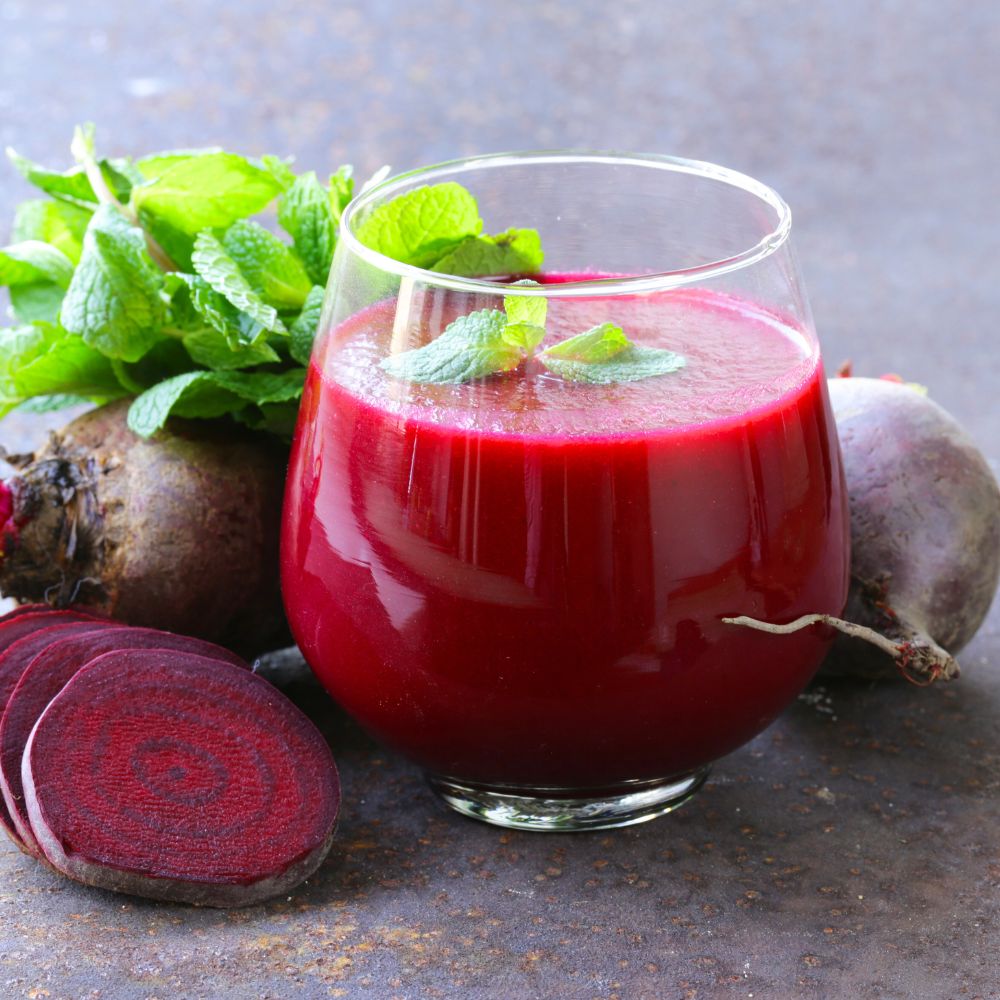Whole Milk for Muscle Growth: Benefits & Shake Recipes
When it comes to optimizing muscle growth and recovery, nutrition plays a crucial role. Among various dietary choices, whole milk has garnered attention for its potential benefits in promoting muscle development. Not only is it nutrient-dense, but it also serves as an excellent base for delicious protein shakes. Here’s how whole milk can support your … Read more
